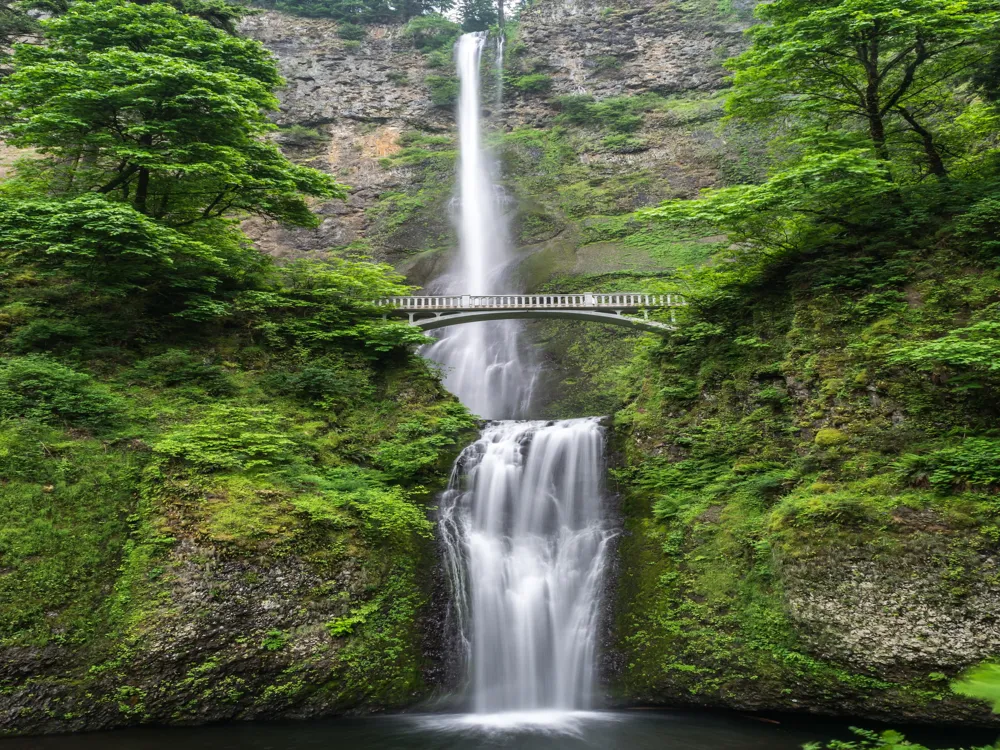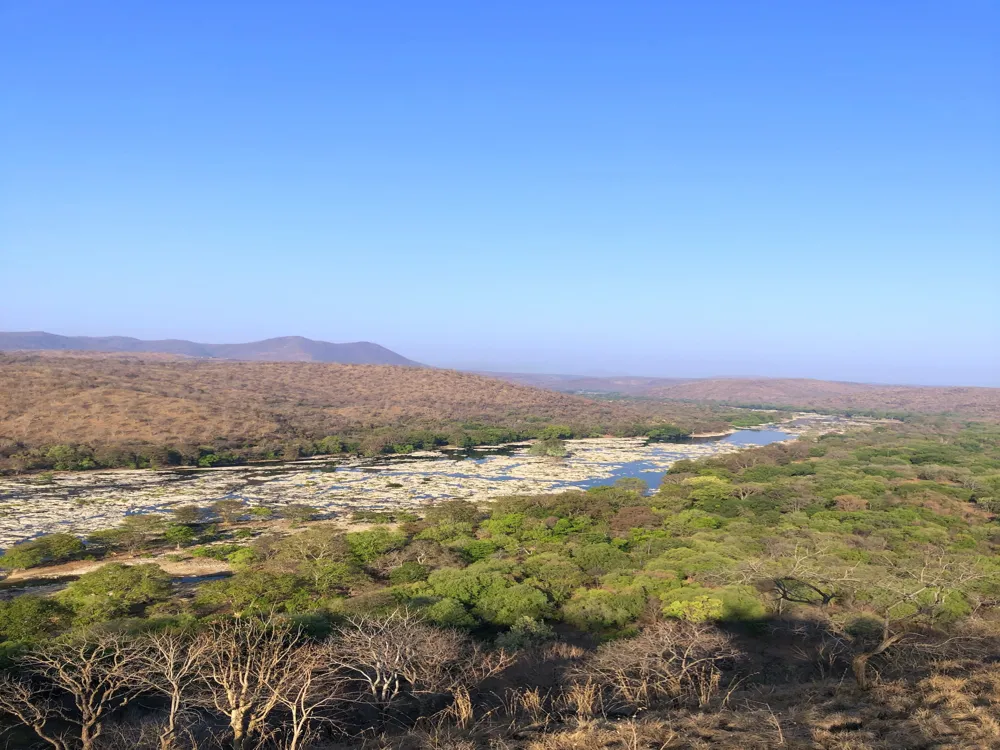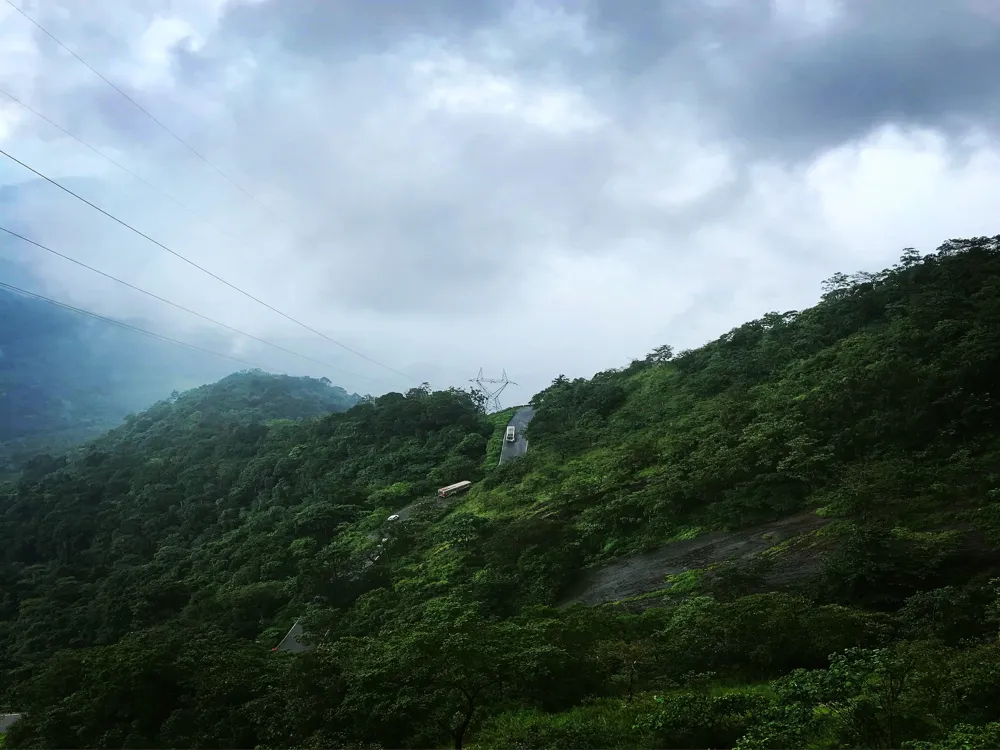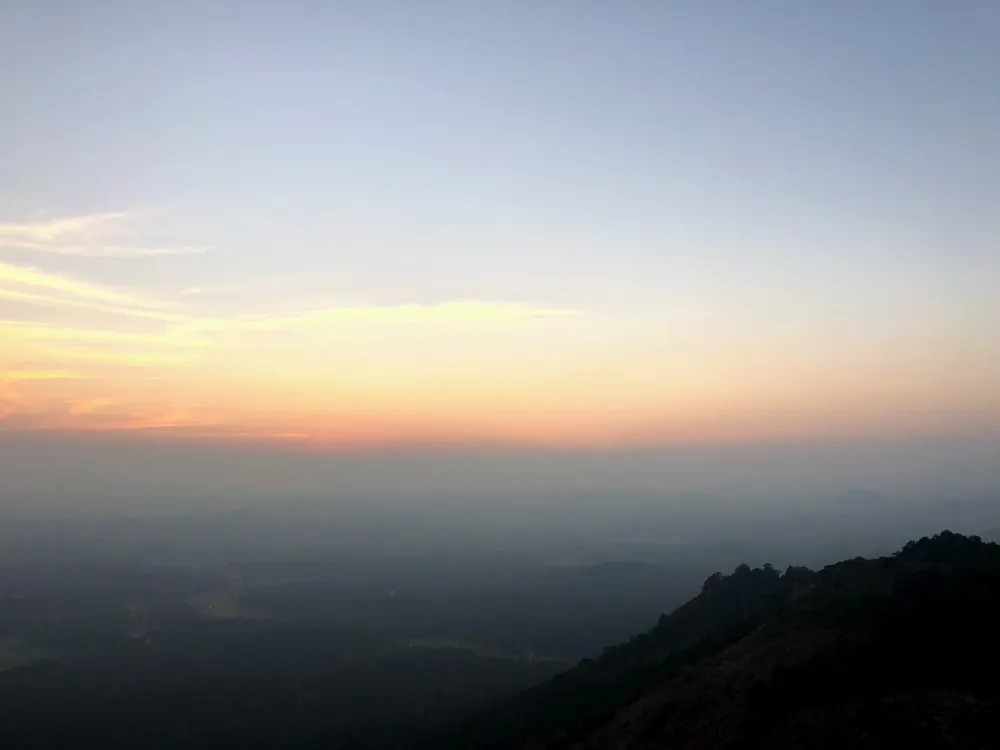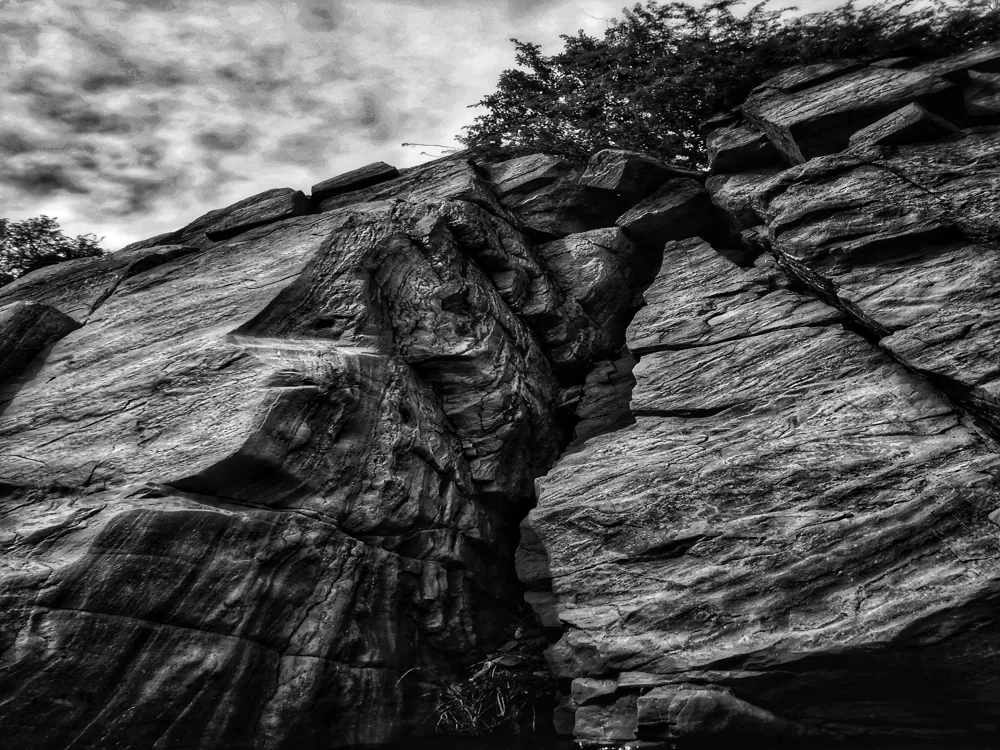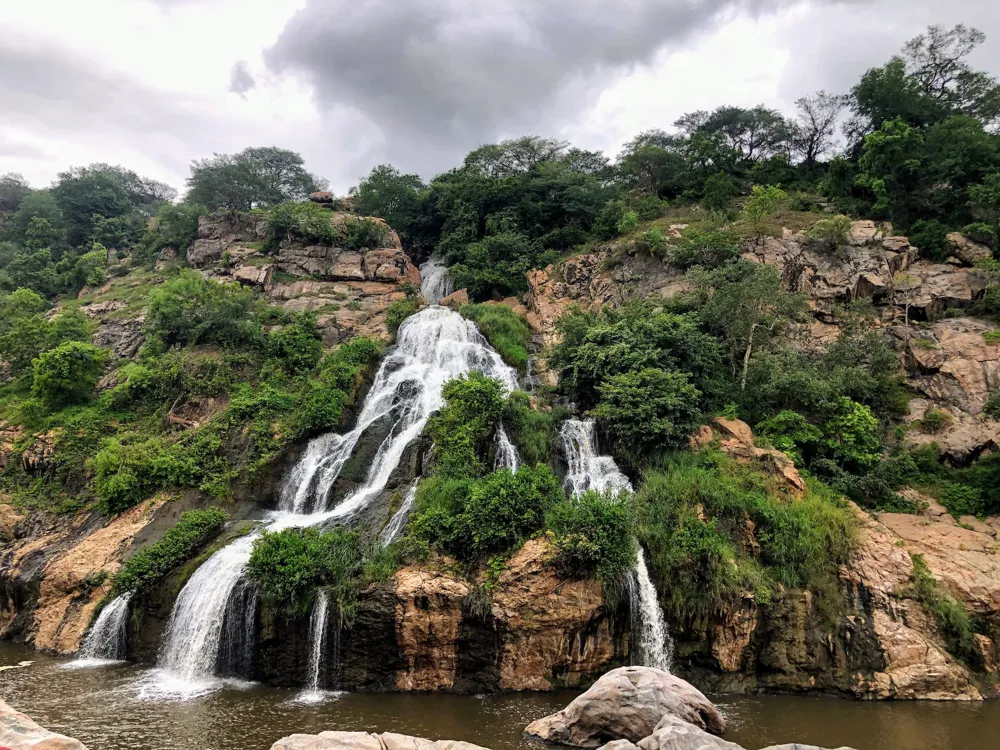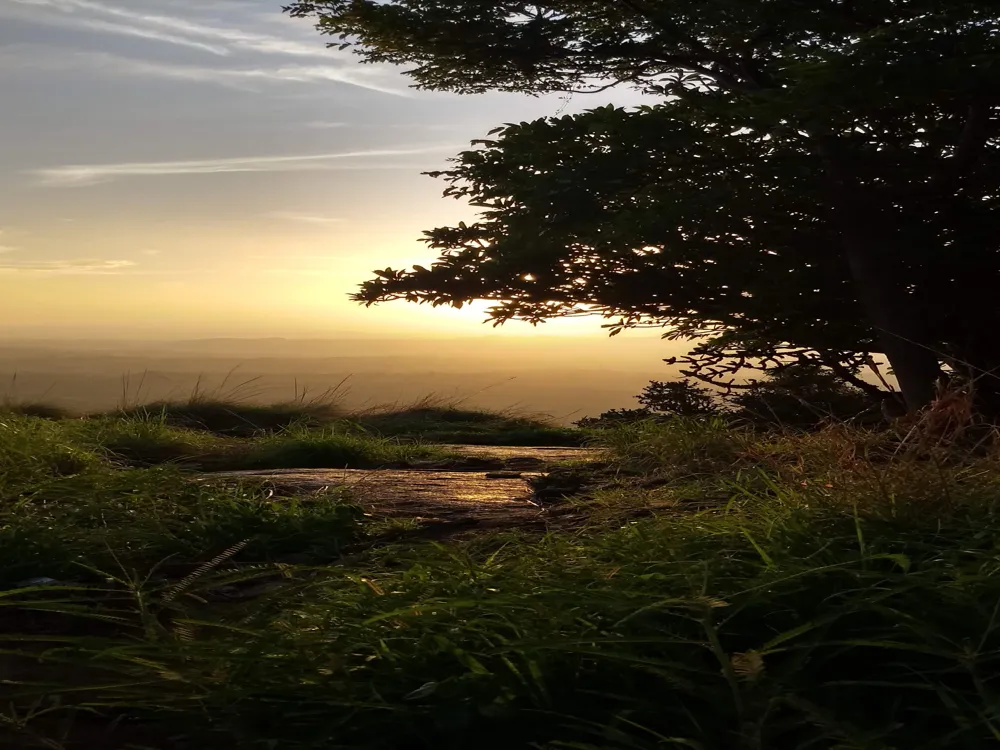Sangam, located in the serene environment of Bheemeshwari, Karnataka, stands as a testament to the rich cultural and natural heritage of the region. This confluence of the River Cauvery and its tributary, the River Arkavathi, is more than just a scenic spot; it embodies the essence of Karnataka's diverse ecosystems and its historical significance. The area, enveloped by lush green forests, offers a picturesque landscape that has drawn visitors and nature enthusiasts for decades.
The term 'Sangam' literally means confluence in Sanskrit and is a place of great significance in Indian culture. Historically, such places have been considered sacred and are often associated with various religious and cultural activities. In Bheemeshwari, the Sangam not only attracts pilgrims but also adventure seekers and wildlife aficionados. The surrounding area is a part of the Cauvery Wildlife Sanctuary, making it a haven for various species of flora and fauna. The verdant forests around Sangam are home to a diverse range of wildlife, including elephants, leopards, and over 200 species of birds, making it a vibrant ecosystem.
The architecture around Sangam in Bheemeshwari, though not monumental, is reflective of the traditional and ecological sensibilities of Karnataka's rural landscapes. The design elements found here are simplistic yet profound, focusing on harmony with nature rather than grandiosity. The most notable structures around Sangam are the small temples and shrines that dot the landscape, exemplifying typical Dravidian architectural styles.
These temples, often constructed with locally sourced materials, feature intricate carvings and sculptures that depict various deities and mythological scenes. The architecture is characterized by its tiered, pyramidal towers known as 'gopurams,' which are adorned with vibrant stucco figures. These gopurams serve as gateways to the inner sanctum of the temples, leading devotees into a space of spiritual tranquility. The layout of these temples typically includes a main hall (mandapa), a sanctum sanctorum (garbhagriha), and sometimes an antechamber, all of which are designed in accordance with ancient Vastu Shastra principles.
The ideal time to visit Sangam in Bheemeshwari is from October to March. During these months, the weather is pleasant, and the river is calm, making it perfect for various activities like fishing, boating, and bird watching.
Visitors should bring comfortable clothing, hiking shoes, binoculars for bird watching, a camera, and essential medications. It is also advisable to carry water and light snacks.
Respect the local culture and traditions. Dress modestly when visiting religious sites, and be mindful of the sanctity of the place. Avoid littering and maintain the cleanliness of the area.
While exploring the area, stay within designated paths and follow local guidelines, especially when engaging in activities like boating or fishing. Always keep a first aid kit handy.
Sangam in Bheemeshwari is well-connected and can be easily reached by various modes of transportation. The nearest major city is Bangalore, which is approximately 100 kilometers away.
By Road: Regular bus services and private taxis are available from Bangalore to Bheemeshwari. The journey by road takes about 2-3 hours.
By Rail: The nearest railway station is in Bangalore. From there, visitors can hire a taxi or take a bus to reach Sangam.
By Air: The nearest airport is Bangalore International Airport. Upon arrival, visitors can opt for a taxi or a bus to reach Bheemeshwari.
Overview of Sangam in Bheemeshwari, Karnataka
Architecture of Sangam
Tips When Visiting Sangam
Best Time to Visit
What to Bring
Local Etiquette
Safety Tips
How To Reach Sangam
Sangam
Bheemeshwari
Karnataka
NaN onwards
View bheemeshwari Packages
Weather :
Tags : River
Planning a Trip? Ask Your Question
Bheemeshwari Travel Packages
View All Packages For Bheemeshwari
Top Hotel Collections for Bheemeshwari

Private Pool

Luxury Hotels

5-Star Hotels

Pet Friendly
Top Hotels Near Bheemeshwari
Other Top Ranking Places In Bheemeshwari
View All Places To Visit In bheemeshwari
View bheemeshwari Packages
Weather :
Tags : River
Planning a Trip? Ask Your Question
Bheemeshwari Travel Packages
View All Packages For Bheemeshwari
Top Hotel Collections for Bheemeshwari

Private Pool

Luxury Hotels

5-Star Hotels

Pet Friendly

















